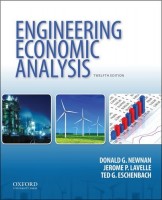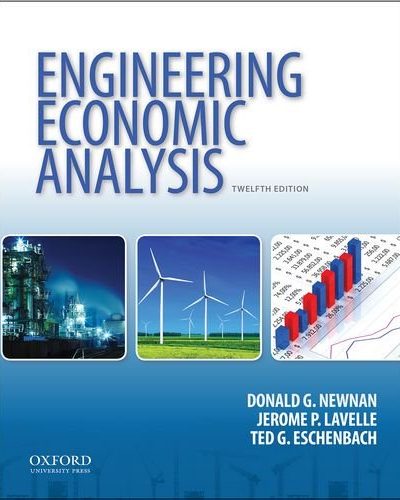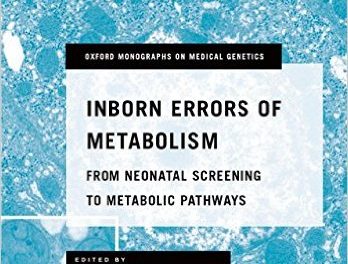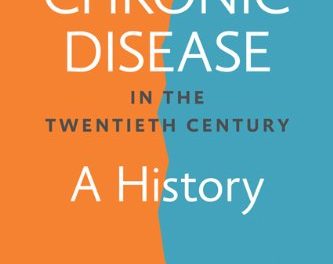 Authors: Donald G. Newman, Jerome P. Lavelle, and Ted G. Eschenbach
Authors: Donald G. Newman, Jerome P. Lavelle, and Ted G. Eschenbach
Publisher: Oxford University Press – 668 pages
Book Review by: Venkat Subramaniam
The fact that this book was first published nearly 40 years ago and has undergone a dozen editions speaks well for it. Also, since it is rather rare to find books that have both the words ‘engineering’ and ‘economic’ in the title; this makes it a very unusual one.
This book has many benefits. Three of the most important are:
- A focus on practical applications – real-world examples are used
- Accessibility – the authors’ encounters with students have served as inputs for this book
- Superior instructor and student support package includes:
- a CD at the back of this book which contains 54 case studies designed to help students apply the theories and concepts of engineering economy to real situations
- Study Guide packaged with every copy of the book containing questions with detailed solutions for every chapter
- Companion Website: www.oup.com/us/newman featuring: 100 additional sample FE problems; interactive tutorial questions for many chapters; video tutorials for Microsoft Excel,, explaining how to use Excel to work specific financial calculations; and updated interactive spreadsheet models
Below is an overview of what you will find in this unique book:
- Making Economic Decisions
- Estimating Engineering Costs and Benefits
- Interest and Equivalence
- Equivalence for Repeated Cash Flows
- Present Worth Analysis
- Annual Cash Flow Analysis
- Rate of Return Analysis
- Choosing the Best Alternative
- Other Analysis Technologies
- Uncertainty in Future Events
- Depreciation
- Income Taxes for Corporations
- Replacement Analysis
- Inflation and Price Change
- Selection of a Minimum Attractive Rate of Return
- Economic Analysis in the Public Sector
- Accounting and Engineering Economy
Two of the most interesting chapters I found to be nos. 7 (rate of return analysis) and 16 (economic analysis in the public sector).
On rate of return analysis for example, I have a feeling (and I admit I would not know how to verify) that most people make buying and investing decisions emotionally and then try to justify them intellectually.
For example, in purchasing a home to live in, many families first look at aesthetics and structures such as the exterior and interior colors of the house, its size, style, number of rooms, etc. and the neighborhood such as types of neighbors, schools, shopping areas and other considerations.
But do they ever think what might be the probable rate of return on their home – one of the biggest, if not the biggest investment they will make in their lives?
Do most home buyers do the necessary economic analysis to find answers to questions such as:
- What will be my total cost, including interest, etc. when the house is paid up?
- Will the price of the home appreciate in value over say, five or ten years?
- Do I have evidence that similar homes in the area have gone up in price?
- Will the value of this house be lower or higher than my total cost after being paid up?
- How do I add inflation-adjusted home improvement expenses to the total cost?
- Do I need to add property taxes paid to the total cost of the house?
- By what annual amount and rate have property taxes gone up in the town in last 25 years?
Whether or not you answer some of the above questions in the affirmative, once you have made your decisions, you can calculate the costs and benefits by reading and understanding some of the concepts discussed in chapter 7.
On topic of economic analysis in the public sector, rarely added by government people to the total cost of a program or even a short-term project is the cost of debt or interest cost. When United States government entities at any of its three levels – Federal, state or local – use money, that money may be from taxes or other fees, on which there is no cost. But often times, there is a cost of money involved yet not added to the total cost of a program or project, such as for example, U.S. ]Treasury bonds, bills, or notes at the Federal level; state bonds that have an interest cost; or municipal bonds used for local capital expenditures.
Both borrowed and tax money is typically spent as soon as it is received, the authors point out, so the real cost of a program or project is oftentimes not figured out, unlike in the private sector.
In chapter 16 the reader is asked a question in a box labeled 16-1 (all chapters have boxes with questions and solutions). The question asked is: A municipal project will cost $1 million. The Federal government will pay 50 percent of the cost. The original economic analysis showed that the PW of benefits was $1.5 million. A subsequent detailed analysis by a municipal engineer indicates a more realistic estimate of the PW of benefits is $750,000. What would you advise?
Donald G. Newman is affiliated with San Jose State University.
Jerome P. Lavelle is affiliated with North Carolina State University.
Ted G. Eschenbach is affiliated with University of Alaska at Anchorage.







